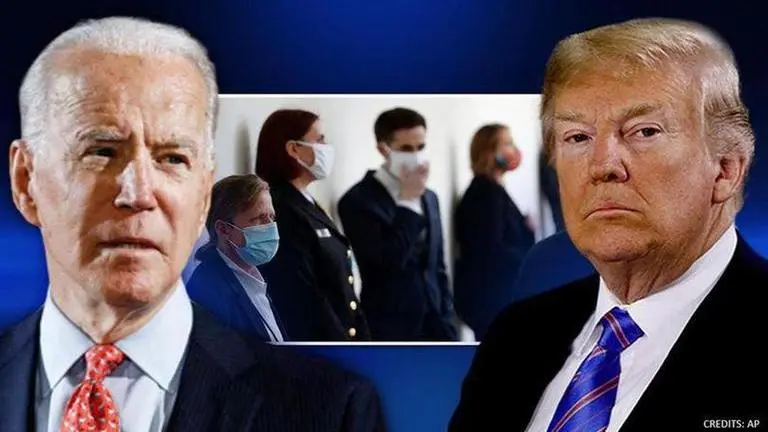Updated 13 May 2020 at 20:57 IST
Coronavirus pandemic has grounded presidential campaigns, political operatives turns to the Internet
The coronavirus has ground the presidential campaigns of Joe Biden and Donald Trump to a near halt. For many years, political operatives have been perfecting their use of the internet’s vast array of social media platforms.
- World News
- 4 min read

The coronavirus has ground the presidential campaigns of Joe Biden and Donald Trump to a near halt. For many years, political operatives have been perfecting their use of the internet’s vast array of social media platforms, websites and digital tools. They’ve identified effective strategies of digital communication with supporters and the press.
Now that traditional in-person campaigning has been severely limited, I believe campaigns will lean heavily on that digital experience, focusing in three areas: social media, campaign-specific mobile apps and paid advertising on social media.
In general, political campaigns group voters into three categories:
The key function of a campaign is to identify supporters and mobilize them to be the workhorses for the cause: give money, volunteer, promote the candidate and – of course – vote. Campaigns also need to find and communicate to the persuadables, in hopes of getting their backing. And campaigns need to identify those who oppose their candidates, so they don’t waste time and money getting them to vote, which would only help the other side.
Advertisement
There are natural slowdowns and lulls in the campaign season, including when the presumptive nominees are settled on, but before the party conventions make the nominations official – like now. During these periods, the candidates reduce their activities aimed at the persuadables, like running TV ads. Instead, they reorganize their campaigns to complete the primary phase, and set up staffing and strategy for the general election.
During this time, the campaigns continue to engage with their supporters in hopes of amassing a large war chest and an army of volunteers to take on the opponent.Campaigns also use this lull to expand their databases.That’s what the now-reviled campaign data analysis firm Similarly, characterizing persuadables and opponents can help campaigns target their efforts efficiently. The Trump campaign identified opponents to his campaign to
Advertisement
For the next few months, here are three things to watch. As I explain in my book, since 1996 the Democratic and Republican party machines have been honing their strategies of communicating through digital media. They use Facebook, Instagram, Twitter and Snapchat alongside YouTube, email and websites in an integrated communications system.
Even though the digital platforms allow easy two-way communication on blogs, forums and social media, The social media accounts are the workhorses to cultivate supporters and draw them to the campaign’s website, which is home base. That’s where campaigns can; The campaigns use a tactic I call “ or both
Only supporters – and perhaps curious reporters and opponents’ campaign staff – will download and seriously use the app. Once downloaded, its function is to make supporters feel like an insider by giving them news and “inside looks” at the campaign, tools to donate money and opportunities to become local organizers. Trump’s app encourages users to “Become a Trump Team Leader” by registering voters and knocking on doors in their community.
Most of these political apps are also designed to help grow campaigns’ voter contact lists. Not only do they collect the user’s own contact information but they often seek to access the phone’s entire contact list. These apps may also
All of this data gives campaigns more extensive pictures of who their most ardent supporters are. That helps them target others with similar characteristics, to bring them into the campaign fold. On television, most ads target persuadables in an effort to influence how they think about the candidates. That’s because television ads do not allow for the degree of fine-grained or micro-targeted advertising that digital media ads provide.
TV ads blanket whole regions, while social media ads pinpoint-target specific people based on the desirable traits that the campaign is after – typically people who look like supporters. This is where all that data comes in. Social media platforms like Facebook, Instagram and Google allow advertisers to create “
Those people get targeted with ads; if they click on the poll or buy a hat that’s advertised, the campaign grows its support base while also improving its data about who is likely to respond positively to future ads. Political watchers have even speculated that
With the conventions now postponed to the end of the summer, Trump and Biden have more time to grow their databases, their financial war chests and their supporter bases. Although it may seem an unprecedented campaign season that the candidates were ill-equipped for, the truth is that digital campaigning has been well-honed over six election seasons. They just need to do more online than they had planned for.
Published By : Associated Press Television News
Published On: 13 May 2020 at 20:57 IST
